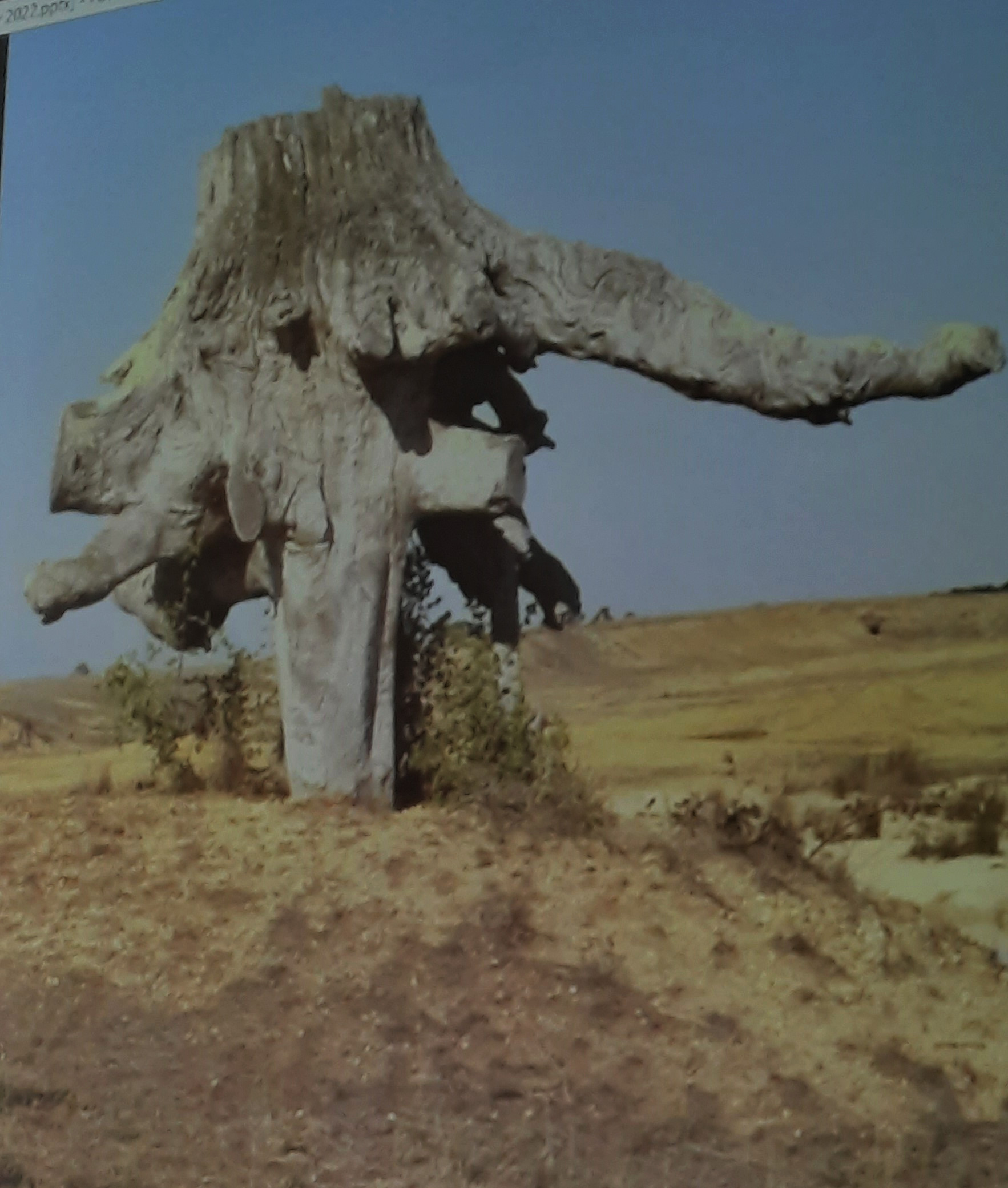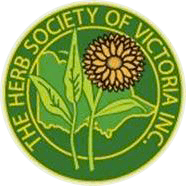
Report from the Herb Conference Presentation in October 2022
Dr Greg Moore “Big Trees, Herbs and Roots”
Trees can be symbols for people. The worlds’ largest (and most expensive) pot plant is a 150 year old Banyan Tree in Hong Kong. There was a fierce community campaign to keep the tree, earmarked for destruction as it lay in the path of a major railway construction. To enable its preservation, the soil was dug away from the tree and a giant bowl like pot was created to contain it, while development took place under and around it. Much of the solution design was actually from Melbourne.
To have healthy plants, herbs and trees, they need healthy roots. The structure for the plants to grow in must be right, including: Light, Water, Nutrients, Air, Space. Good soil generally has medium structure, supported with mulch.
The root structure of trees is not what we might think. When seeds from trees germinate, they grow radical roots, which develop into tap roots. Contrary to popular believe, tap roots are not a single huge anchor for the life of the tree. Often the tap root won’t persist as lateral roots take over and you never get tap roots when the tree is grown from cuttings. Roots are opportunistic and will grow where the soil is best, with plentiful water and nutrients which means they usually don’t go straight down, but tend to be swallow and spreading.
Roots are multifunctional for plants and their environment. Roots have a symbiotic relationship with mycorrhizal fungi in the soil. These fungi are the latest hot topic in the environment research world and Greg has seen the topic feature in conferences and seminars across the world as more is discovered. A single mycorrhizal fungi in the US has been reported as the largest organism in the world, covered hundreds over hectares. The fungi can cross several trees and are crucial to the develop of the root hairs with helping nutrient and water absorption. The trees provide photosynthesised food for the fungi through their roots.
Often when potting up a plant, you will see hair like ends, but there are even more delicate roots, that we can’t see and will have been lost during the potting disturbance. We were shown microscopic photos of these fine roots that were fascinating, showing fungi to a cellular level with the root; ectomycorrhiza (on the outside of the root) and endomycorrhiza (that grow inside the root and into root cells). These also help defend the plant from bad fungi.
From the microscopic to the tall and vast, the world of trees and roots is remarkable. The trees, plants and herbs we see above the ground grow from the roots below. This presentation demonstrated how the health of those roots is of obsolete importance.
